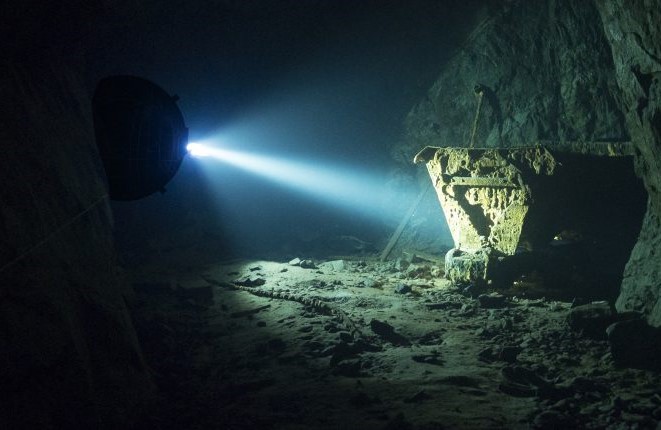The UNEXMIN UX-1 multi-robot platform and all its components are currently being designed, built and soon be tested and validated in real-life conditions in four mine test sites, with increasingly harder conditions in mine layout and geometry. The mines that will be used as test sites during the project lifetime are (in temporal and difficulty order):
- Kaatiala Mine, Finland (mid-2018)
- Idrija Mine, Slovenia (late-2018)
- Urgeiriça Mine, Portugal (early-2019)
- Ecton Mine, UK (mid-2019)
Ecton Mine, that will represent the last test site for UX-1, will result in a resurveying of the flooded mine floors that nobody has seen for more than 150 years and that will bring important geological information as well as documentation from important mining heritage lost for a long time.
The Robotic Explorer platform, made by three robots – UX-1a, UX-1b and UX-1c, will use non-invasive methods for autonomous 3D mine mapping for gathering valuable geological, mineralogical and spatial information. This can possibly open new exploration scenarios so that strategic decisions on the re-opening of Europe’s abandoned mines could be supported by actualised data that cannot be obtained by any other ways, without major costs.
Once it is put together, the Multi-robot Platform will represent a new technology line that is only made possible by recent developments in autonomy research that allows the development of a completely new class of mine explorer service robots, capable of operating without remote control. Such robots do not exist nowadays and UX-1 will be the first of its kind.











